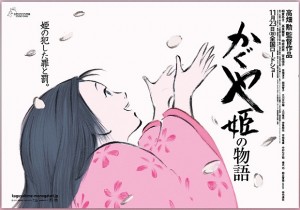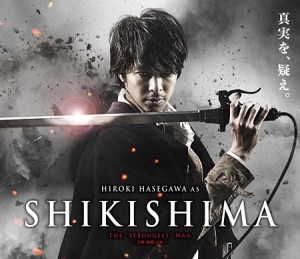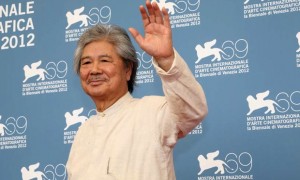Searching for Hell is a new continent-crossing documentary covering humanity’s universal curiosity about hell and the underworld.
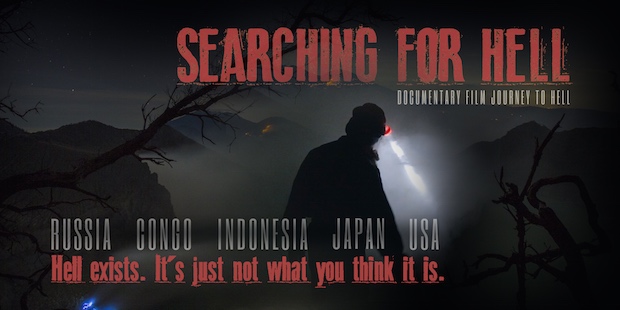
The film features five different teams telling stories and taking journeys to various manifestations of hell. One of those is a house in Japan converted into a morbid vision of Buddhist hell.
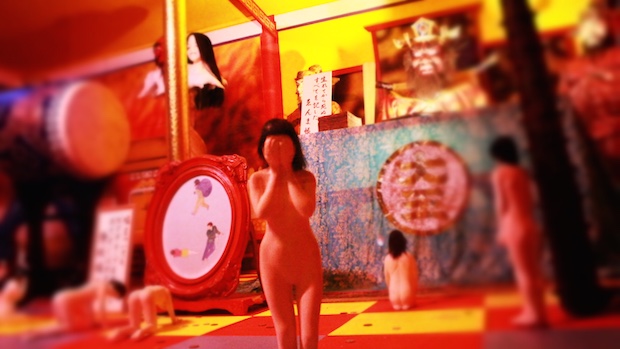
This section of the film is called “A House of the Demon” and is directed by Yuki Nakamura.
The concept of hell in the Buddhist afterlife, described in the sacred book of Ojoyoshu, leaves little to the imagination. Buddhism, the religion of close to 500 million people and a modern mainstay of spiritual matters, also has its “hellish” side, with a vividly detailed, bloody and cruel punishment menu for the wrongdoings done in this life.
Izu Gokurakuen, a hell museum on the beautiful Izu peninsula in Japan, reveals the fates of those punished in its galleries of handmade dioramas portraying hell according to the Ojoyoshu. It’s full of blood-dripping dolls burnt alive and forced to eat their own feces. The book precedes Dante’s work by a few centuries and is far more brutal and uncompromising. The family, whose patriarch created the museum, lives in the same building — right next door — dividing their time between the daily routines of this world and educating the museum visitors about the realities of the next. How do they manage to keep their sanity intact, living inside Izu Gokurakuen’s infernal world? Enter the House of the Demon to find out.
The subject of the film, Blue Demon, has never allowed another film crew to interview him before.
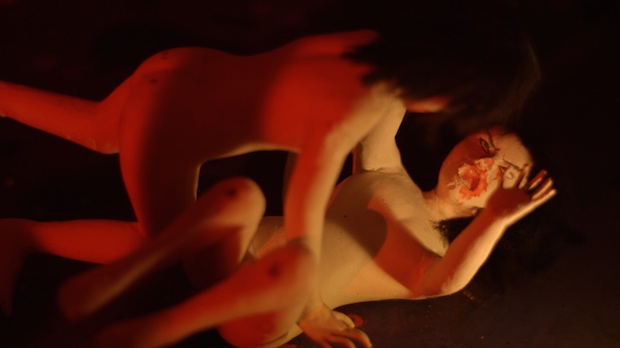
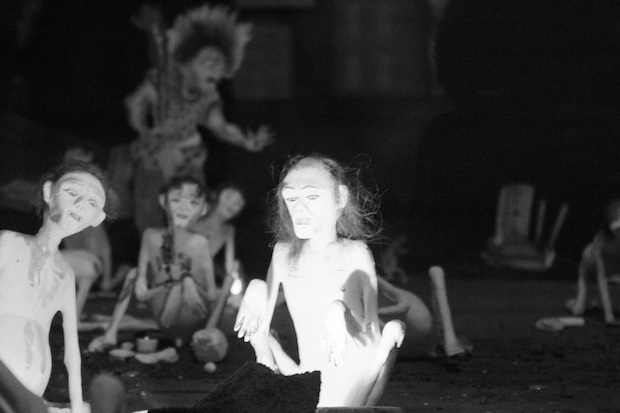
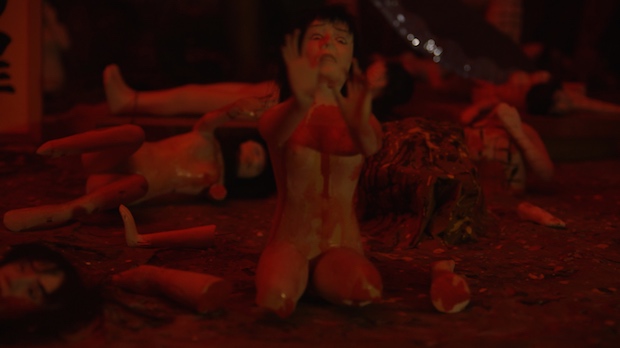
Director Yuki Nakamura also recounted something strange that happened during the shoot.
On the last day of shooting in Izu Gokurakuen, the camera, mounted on the tripod, started moving completely on its own; while we were filming Blue Demon’s creation, Enma Daio, the great King of the Buddhist Hades. Those smooth 45-degree pans were very impressive, albeit haunting! Me and the crew are still puzzled by this.

